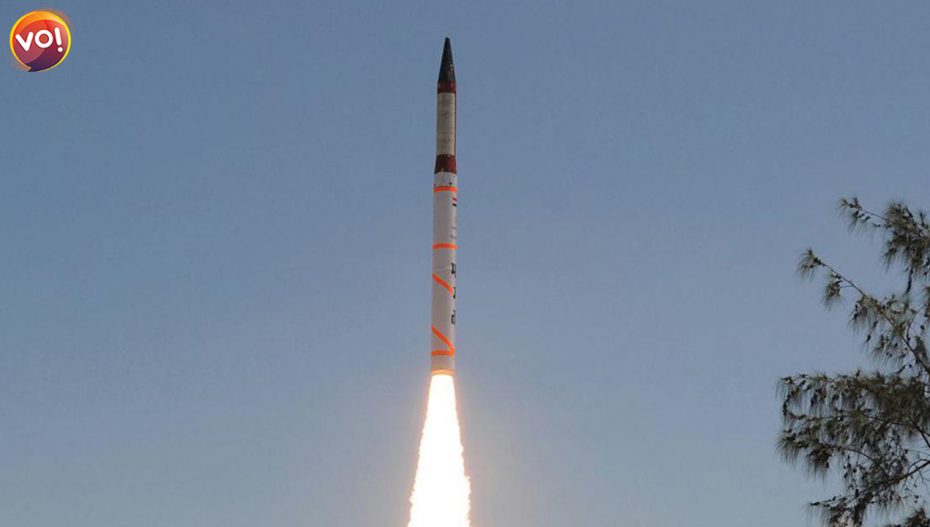Nuclear capable Intermediate Range Ballistic Missile (IRBM) Agni-4, with a strike range of 4,000 km, was flight tested from APJ Abdul Kalam Island at 7:30 pm on Monday.
“The successful test was a part of the routine training launches carried out under the aegis of the SFC. The launch validated all operations parameters as also the reliability of the system. The successful test reaffirms India’s policy of having a ‘credit minimum deterrence’ capability”, said the defense ministry in a statement.
This test comes amidst the persistent conflict with China at the east Ladakh border. That even after three years, it hasn’t been showing any signs of de-escalation in the high-altitude territories.
The SFC already has the Prithvi-II (350 km), Agni-I, II, and II (with 700 km, 2,000 km, and, 3,000 km respectively), and now Agni IV missile units, with the induction of Agni V (over 5,000 km) underway in its advances stages.
Agni IV and Agni V are mainly for deterrence against China, which can target any Indian city with its long-range missiles. On the other hand, the shorter range of Agni missiles is designed for Pakistan.
India has also modified some Sukhoi-30MKI, Mirage-2000, and Jaguar fighters to deliver nuclear gravity bombs. While the new French-origin Rafael fighters are also capable of doing the same.
But as of now, it can be said that India’s third leg of the nuclear triad is far from being potent, as it is represented by the SSBN INS Arihant, which is armed with only a 750 km range as of now.
Countries like the USA, Russia, and China are well ahead with their SSBNs in comparison to India, with well over 5,000 km range SLBMs. India has currently three more SSBNs under its production, with INS Arighat coming after some delay commissioned this year. It can be said that it will take at least a year for the K-4 missiles with a strike range of 3,500 km, to be ready for induction.
Read this: Ashwini Vaishnaw: India To Get First Bullet Train By 2026













